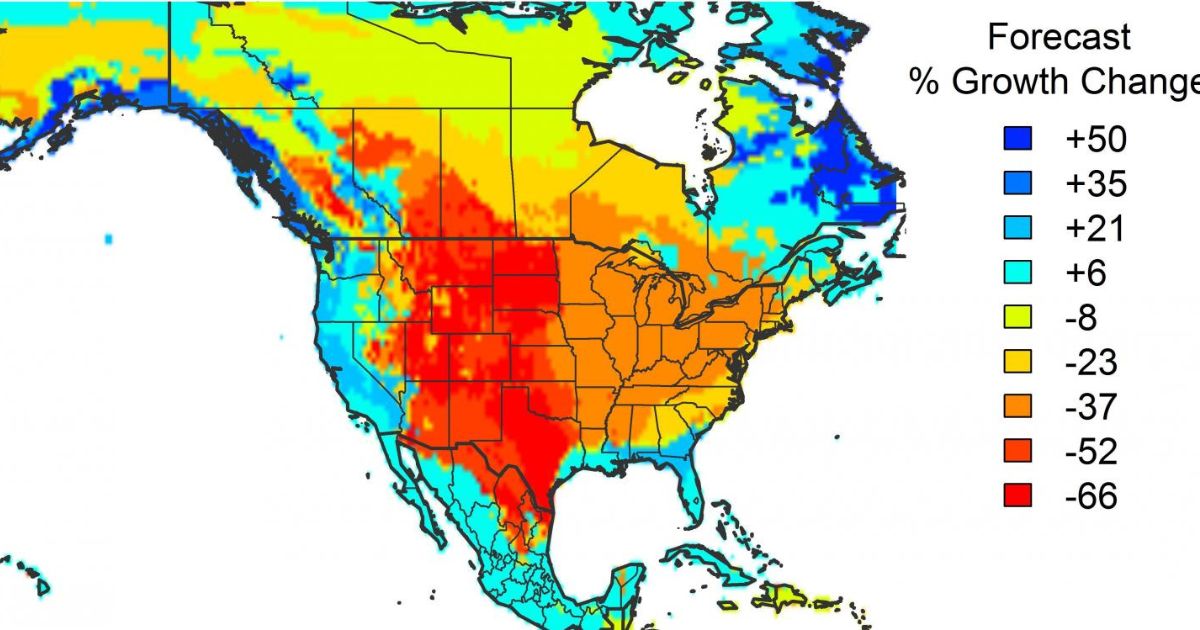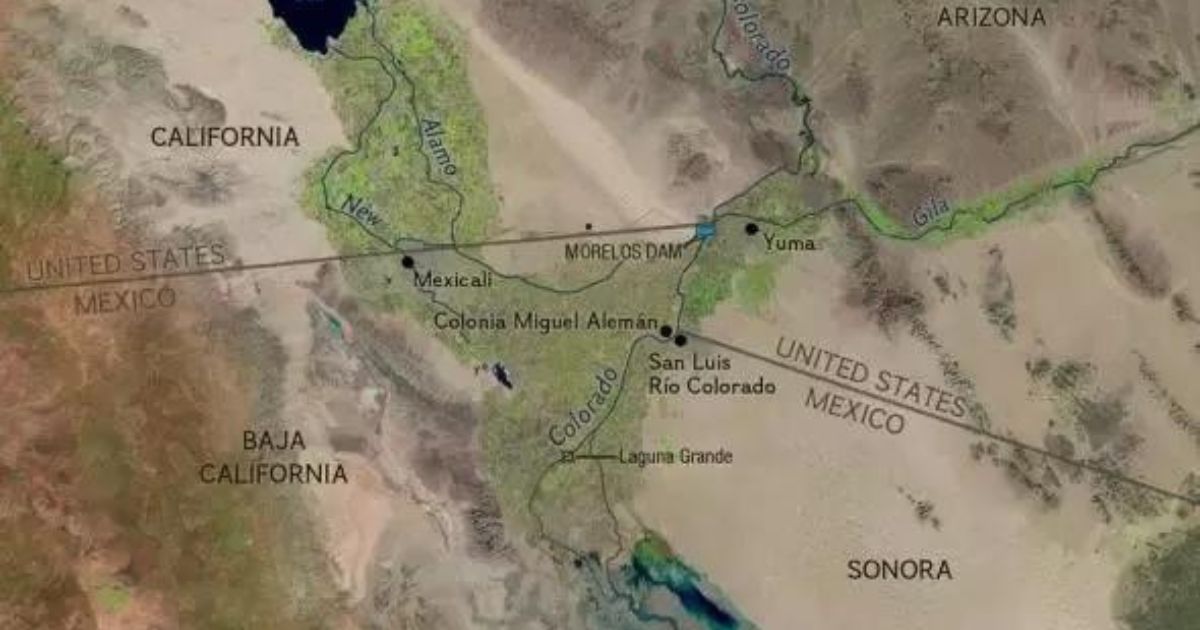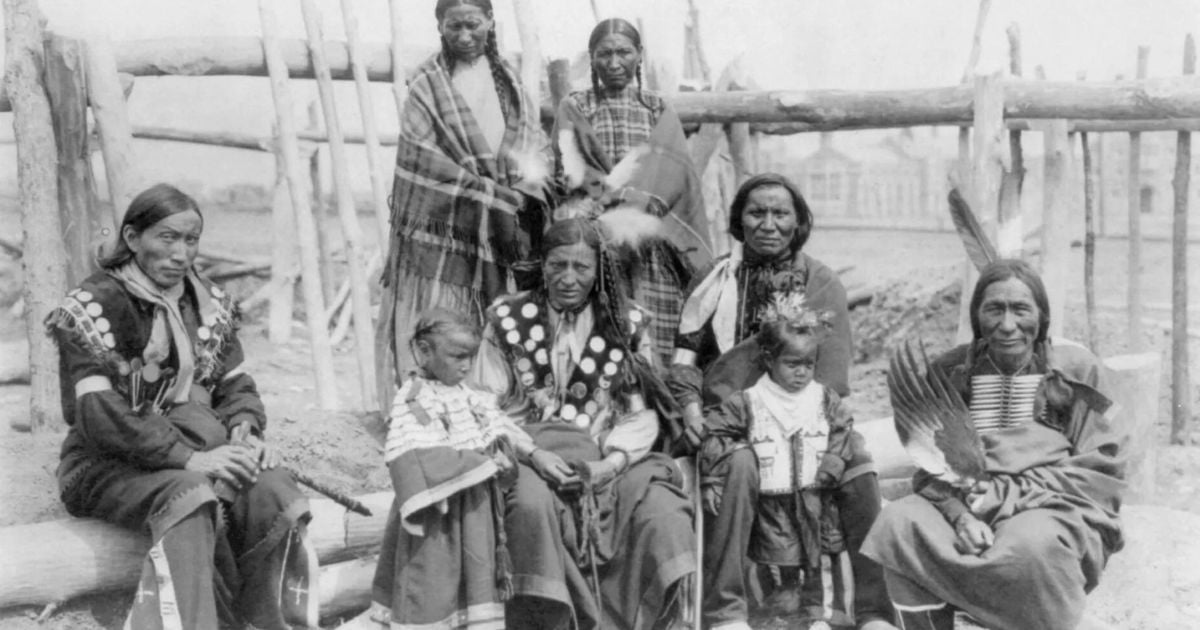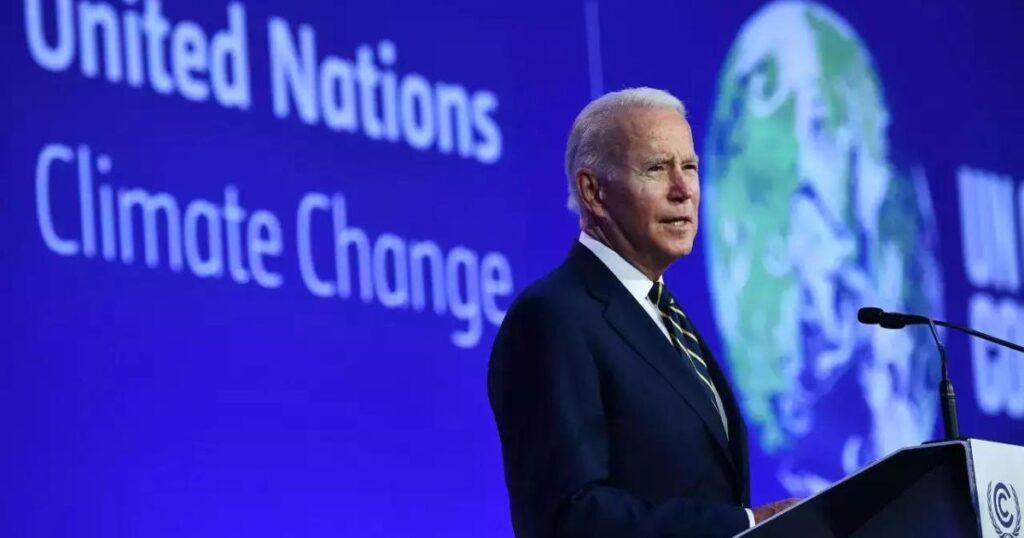Challenges faced by North America : “Unveiling the Unseen: North America’s Silent Battle Against Climate Change, Migration, and Inequality”
North America faces various challenges, including climate change, migration, social inequality, trade relations, healthcare access, energy transition, indigenous rights, urbanization, technology, privacy, and cultural diversity.
These issues require addressing climate change impacts, migration dynamics, social inequality, trade relations, healthcare access, energy transition, indigenous rights, urbanization, infrastructure challenges, technology and privacy dynamics, and cultural diversity.
Collaboration, informed policies, and community engagement are crucial in addressing these issues and ensuring a strong sense of unity and unity in North America.

North America, a vibrant continent, grapples with diverse challenges :
1. Climate Change and Environmental Balance:
– Coping with climate change impacts, extreme weather, and ecosystem disruptions.
– Striving for harmony between economic growth, industry, and environmental preservation.
2. Migration and Border Dynamics:
– Addressing migration at the U.S.-Mexico border, emphasizing security and humanitarian aspects.
– Managing internal migration from rural to urban areas for better opportunities.
3. Social Inequality and Diversity:
– Tackling disparities in wealth, education, and healthcare.
– Promoting inclusivity, combating discrimination, and addressing racial tensions.
4. Trade Relations and Economic Harmony:
– Balancing economic interests, fair trade practices, and industry protection.
– Navigating trade agreements, ensuring equity, and managing cross-border supply chains.

5. Healthcare Access and Pandemic Readiness:
– Focusing on equitable healthcare access, public health infrastructure, and pandemic preparedness.
– Addressing vaccination distribution, misinformation, and healthcare disparities.
6. Energy Transition and Sustainable Practices:
– Transitioning to clean energy while ensuring energy security.
– Policies for reducing fossil fuel dependence and meeting climate goals.
7. Indigenous Rights and Land Management:
– Advocating for indigenous rights, land sovereignty, and cultural preservation.
– Collaborating on environmental protection and resource management.
8. Urbanization and Infrastructure Challenges:
– Dealing with rapid urbanization, congestion, and pollution.
– Investing in sustainable urban planning and resilient infrastructure.
9. Technology and Privacy Dynamics:
– Navigating technological advancements, data privacy, and ethical AI use.
– Balancing innovation with individual rights and societal well-being.
10. Cultural Diversity and Identity Preservation:
– Celebrating cultural diversity while preserving traditions.
– Promoting cultural exchange and mutual respect for a stronger sense of unity.

In facing these challenges, collaboration, informed policies, and community engagement shape North America’s future.
More about Indigenous rights in North America:
Indigenous rights hold immense importance in North America, where native communities grapple with historical injustices. Let’s break down some key points:
1. American Declaration on the Rights of Indigenous Peoples (ADRIP):
– Adopted by the Organization of American States (OAS) in 2016, the ADRIP protects indigenous rights across the Americas.
– Ensures self-determination, access to education and health, safeguards cultural heritage, and addresses unique challenges like isolated communities and armed conflict.
– Interpreted by the Inter-American Commission on Human Rights and the Inter-American Court of Human Rights.
2. Native American Civil Rights:
– Native Americans actively seek civil rights, including equal access to voting and preserving cultural traditions.
– Upholding these common rights is central to diverse tribal advocacy.
3. International Recognition:
– Global recognition through instruments like the United Nations Declaration on the Rights of Indigenous Peoples (UNDRIP).
– Emphasizes respect for indigenous cultures, land rights, and self-governance.
4. Challenges and Progress:
– Persistent challenges include land disputes, economic gaps, and social inequalities.
– Collaborative efforts aim to address issues through cooperation between indigenous communities, governments, and international bodies.
– Advocacy continues for justice, cultural preservation, and empowering indigenous peoples.
In summary, safeguarding indigenous rights in North America is crucial for preserving culture, ensuring fairness, and fostering an inclusive and just society.
Also Read – Most Popular Sports in USA : Top 5
History of Indigenous peoples in North America :

The Native Peoples of North America, also known as American Indians, Native Americans, Indigenous Americans, and First Americans, are the original inhabitants of North America. They are believed to have migrated into the region between 40,000 to 14,000 years ago, developing into separate nations with distinct and sophisticated cultures.
Here are key points about their history:
- Migration and Development:
- These autonomous nations spread from Alaska, through Canada, and into the lower United States.
- The earliest periods of migration, settlement, and development are defined by archaeological evidence, including spearheads, tools, and monumental structures.
- Notable periods include:
- Paleoindian-Clovis Culture (c. 40,000 to c. 14,000 BCE)
- Dalton-Folsom Culture (c. 8500-7900 BCE)
- Archaic Period (c. 8000-1000 BCE)
- Woodland Period (c. 500 BCE to c. 1100 CE)
- Mississippian Culture (c. 1100-1540 CE)
- Cultural Characteristics:
- During the Archaic Period, some Native populations transitioned from a hunter-gatherer paradigm to a more sedentary social model.
- Communities developed distinct cultures, shared worldviews, and practiced beliefs in higher powers, community values, and resource conservation.
- Women held high status and often served as leaders or advisers in government.
- Formation of Nations:
- These separate communities evolved into what are now called ‘tribes’ (more accurately referred to as ‘nations’).
- By the time of European colonization in the 15th century CE, these nations were highly developed political and social entities associated with specific regions and territories.
- European Contact and Persistence:
- European expansion across Canada and the United States eventually deprived indigenous peoples of their ancient lands.
- However, the nations still exist today, challenging the myth of the ‘vanished Indian’ and emphasizing their continued presence and resilience.
- Origins and Migration:
- The first immigrants are believed to have arrived from Asia across the Bering Land Bridge (Beringia), connecting modern-day Siberia with Alaska.
- They are thought to have arrived with domesticated dogs.
The history of North American indigenous peoples is rich, diverse, and ongoing. Their cultures, traditions, and contributions persist despite historical challenges and changes.
Common “Misconceptions” about Native Americans:
Let’s address some common misconceptions about Native Americans:
- Stereotyping and Objectification:
- Misconception: Native Americans are often objectified, reduced to costumes, mascots, or historical relics. Their cultural symbols, such as feathers and headdresses, are sometimes appropriated without understanding their significance.
- Reality: Native American cultures are diverse, vibrant, and living. They have rich traditions, languages, and contemporary contributions. Reducing them to stereotypes erases their complexity and perpetuates harmful narratives.
- “Free Ride” Myth:
- Misconception: Some believe that Indigenous Peoples receive a “free ride” from the government or benefit excessively from resources.
- Reality: Indigenous communities face economic challenges, including poverty, inadequate healthcare, and educational disparities. Historical injustices, land dispossession, and broken treaties continue to impact their well-being.
- Reserve Lands and Sovereignty:
- Misconception: It’s assumed that Indigenous Peoples have ample reserve lands and can do whatever they want with them.
- Reality: Reserve lands are often small, fragmented, and insufficient for sustainable development. Sovereignty is complex, and Indigenous nations struggle to maintain their lands, resources, and cultural practices.
- Free Housing on Reserves:
- Misconception: People believe that Indigenous individuals living on reserves receive free housing.
- Reality: Housing conditions on reserves vary widely. Many face overcrowding, inadequate infrastructure, and housing shortages. Access to safe and affordable housing remains a challenge.
- Free Secondary Education:
- Misconception: Some assume that Indigenous Peoples receive free secondary education.
- Reality: While some programs exist, educational disparities persist. Many Indigenous students face barriers like underfunded schools, cultural insensitivity, and lack of resources.
- Dual Stereotypes:
- Misconception: Dual stereotypes portray Native Americans as both impoverished and wealthy from gaming casino earnings, spiritual yet struggling with addiction and violence.
- Reality: These conflicting stereotypes oversimplify complex realities. Indigenous communities grapple with diverse issues, just like any other population.
- Peaceful People vs. Savages:
- Misconception: The stereotype of “savage” Native Americans persists, often associated with tomahawks, feathers, and scalping.
- Reality: Native Americans have rich cultural traditions, including peaceful practices. Their history involves both cooperation and conflict, but reducing them to a single image is misleading.
Understanding the complexities of Native American experiences and challenging stereotypes is essential for fostering respectful dialogue and accurate representation.
Also Read – Christmas Eve Dinner Ideas : Quirky or Classic
Also Read – Meeting Between U.S. President Biden and Mexican President Lopez Obrador

